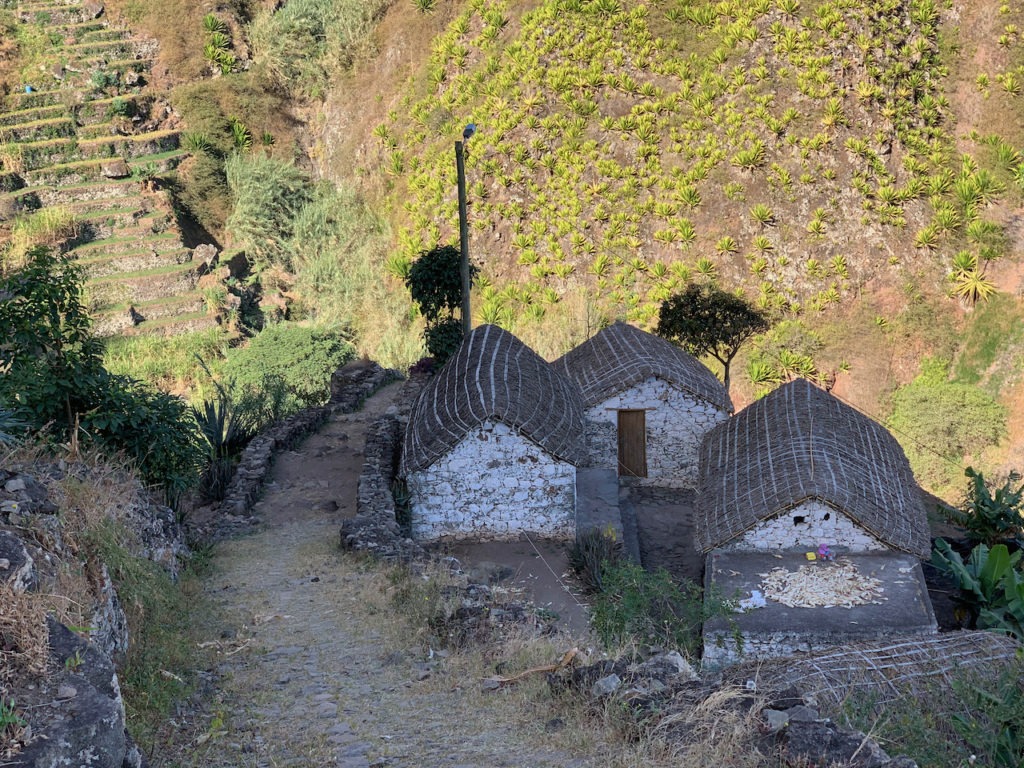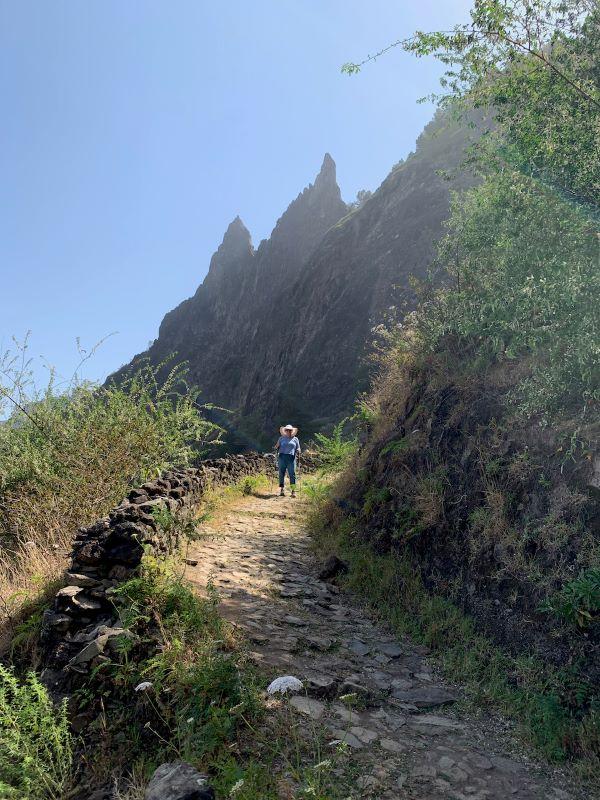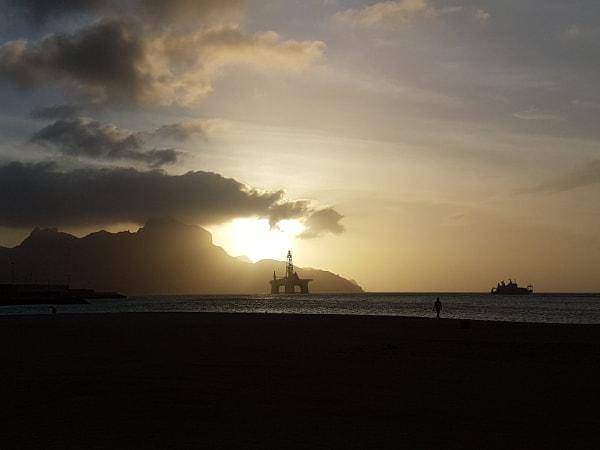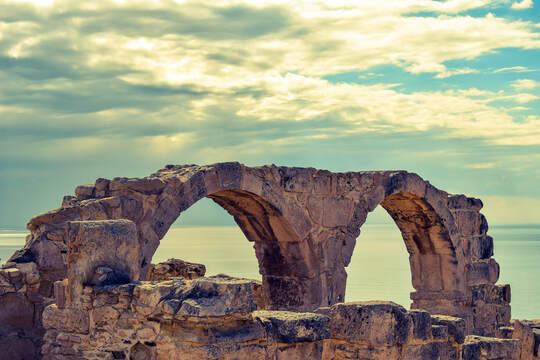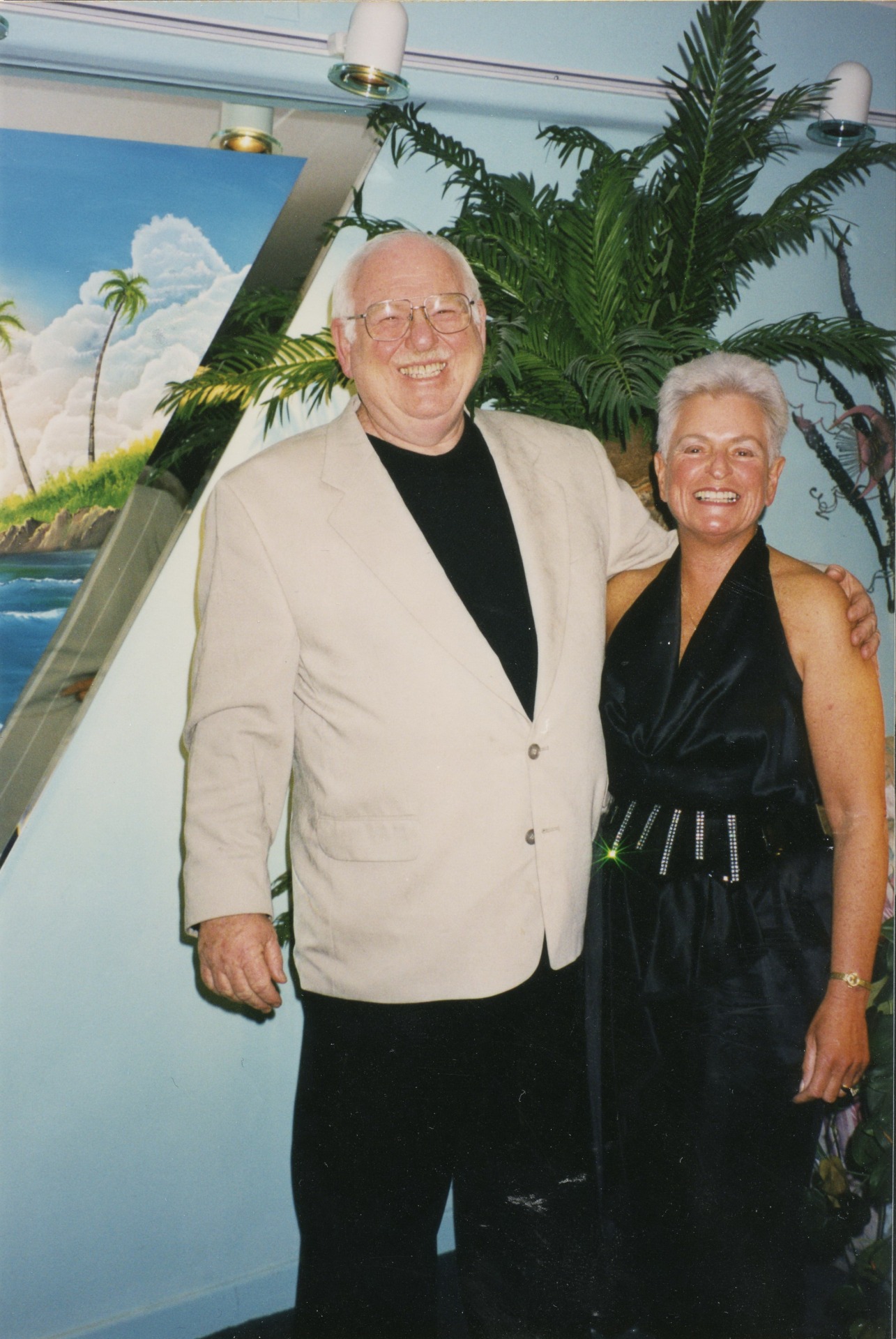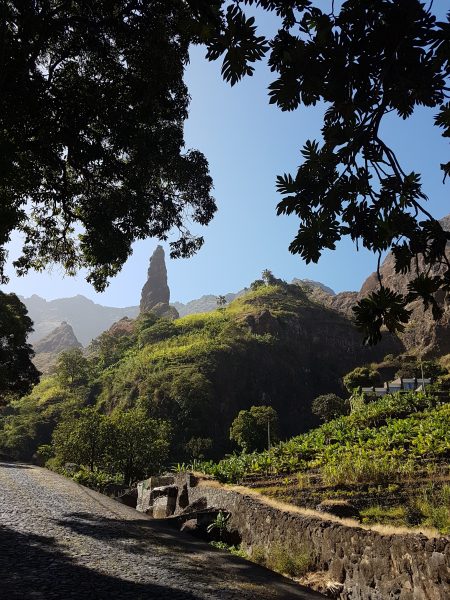
[Warning: Long post with lots of photos and videos. Danger: You might fall in love with Santo Antão too.]
Our time in Santo Antão, Cape Verde, passed in a flash. I now understand why so many people wish they had planned on spending longer here. Or why Tom, one of the rare Americans to have washed up on this island, kept extending his planned two-day stay and ended up at over 40 days. It became a joke between him and Hetty, the owner of Casa Maracuja: every two days she’d ask if he planned to stay a bit longer and he’d reply, “Yeah, put me down for another two days.”
Why did I love my time on Santo Antão so much?
1. The hiking is incredible
This is from someone who is not a hiker. I’m not claiming these are easy hikes: you have to be prepared for some serious up and down action. It is hard on the lungs going up and hard on the knees going down. If you have knee problems, bring hiking poles! I couldn’t have done the five hikes I did without them. But the scenery was so inspiring I actually wanted to get out and do more hiking. I complained if DH threatened to go without me on one of my hike days. (I only hiked every second day so I could rest my knees in between, and DH could do more challenging four- and five-hour routes.)
The first day we did a 3-hour hike down from the crater (see Casa Maracuja & Paul Valley Region, Santo Antão ). To my surprise, my knees and muscles felt good enough the next morning that I was actually eager to get out there and do a second hike, this time among the villages and fields in the Paul Valley. Gorgeous!
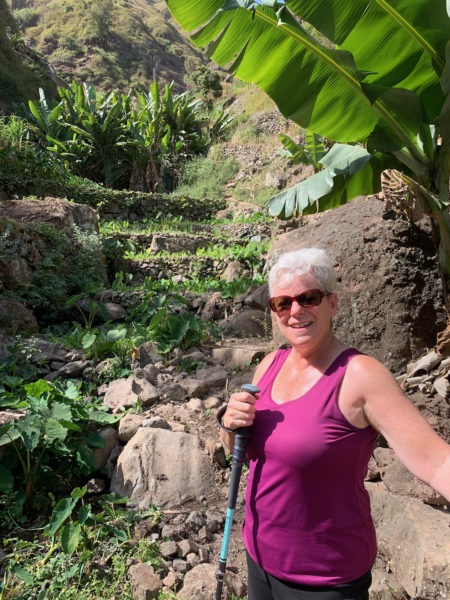

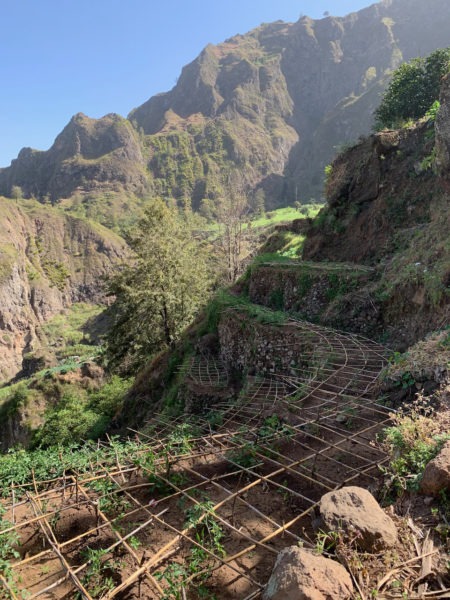

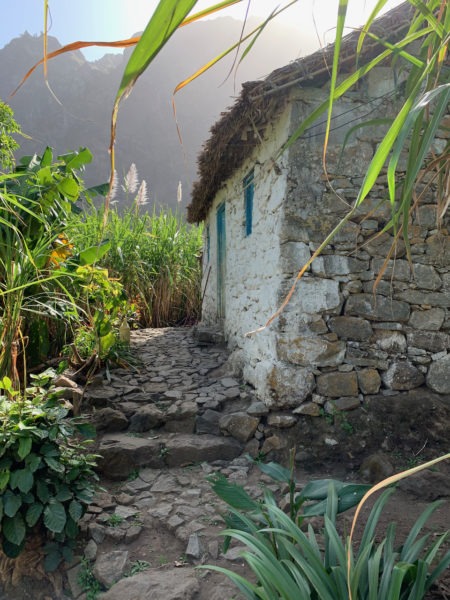





After a rest day, my 3rd hike was along the coast from Punto do Sol to see the tiny village of Corvo. Non-stop stunning views overlooking the ocean.
The picturesque village of Fontainhas was a highlight. It is precariously perched upon an outcropping of rock. Hard to imagine how or why they built a village there! One can continue that walk another few hours along the coast, but we’d been advised that ultimately it starts to look the same, so we didn’t go beyond Corvo.

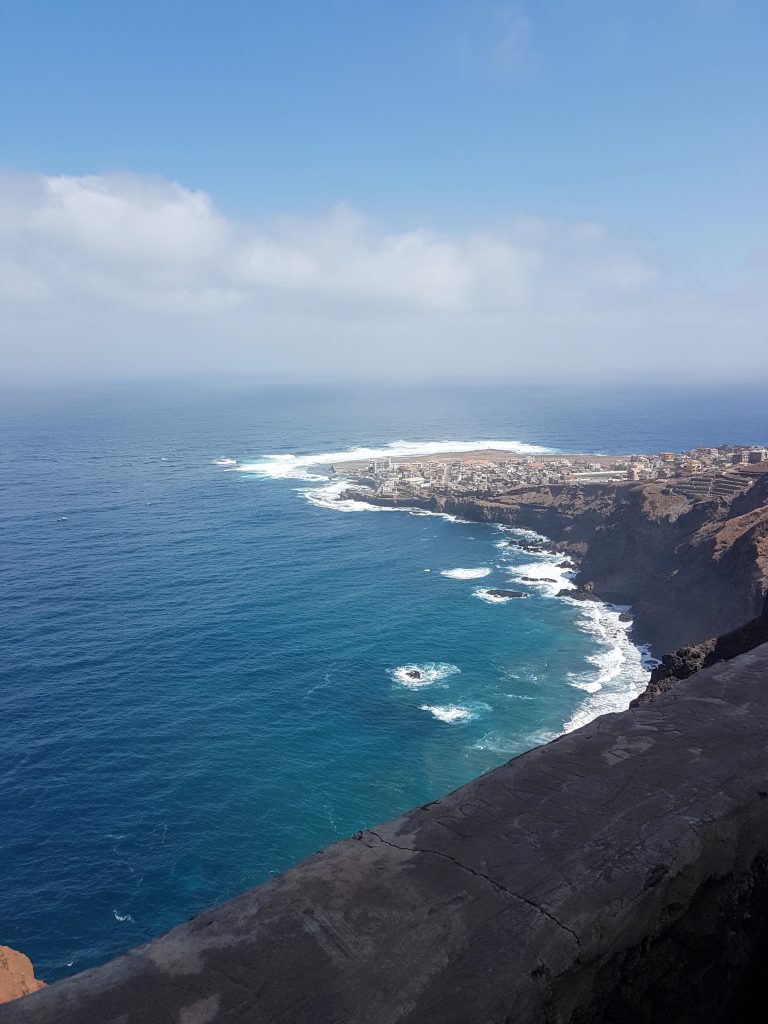
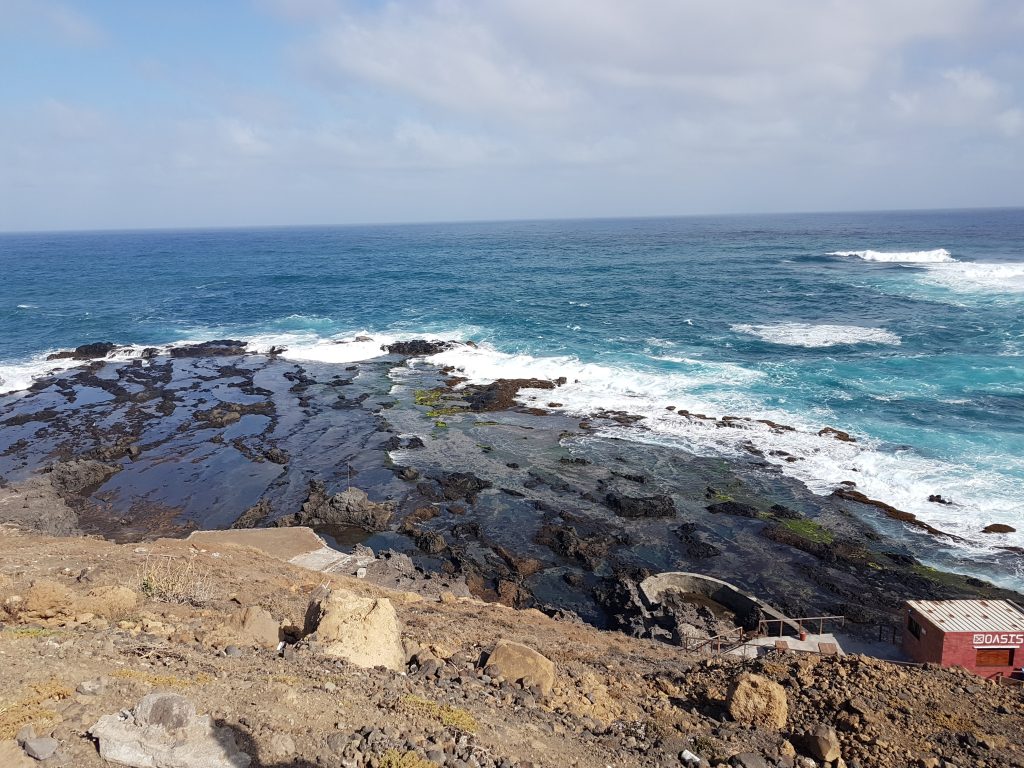
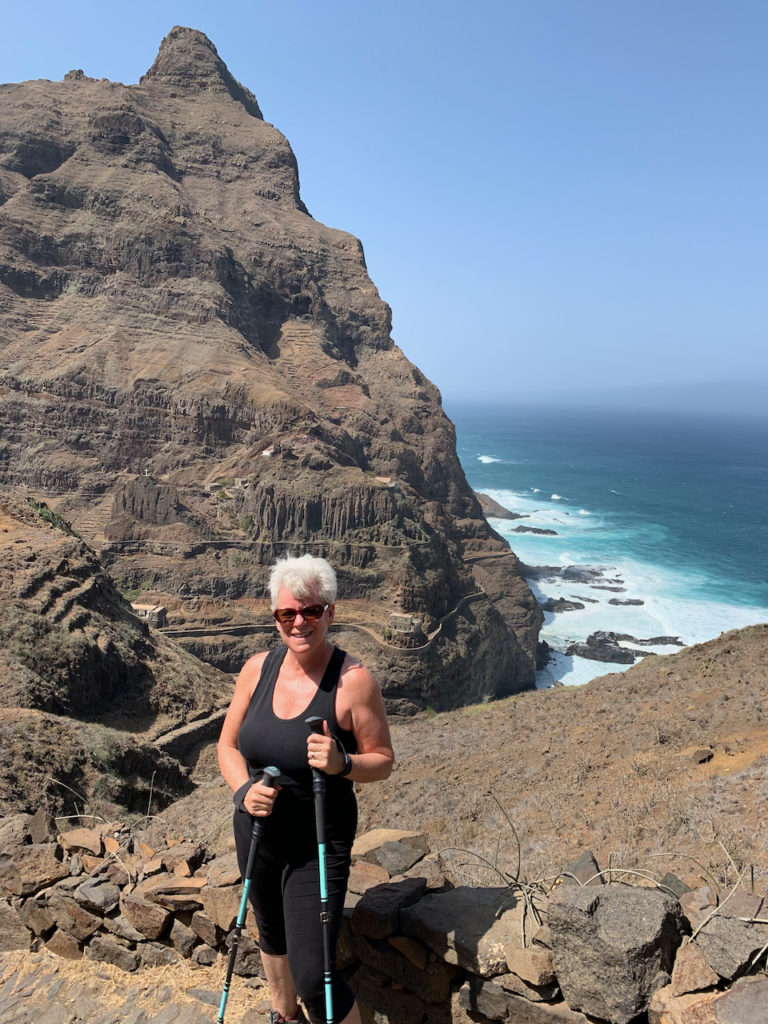




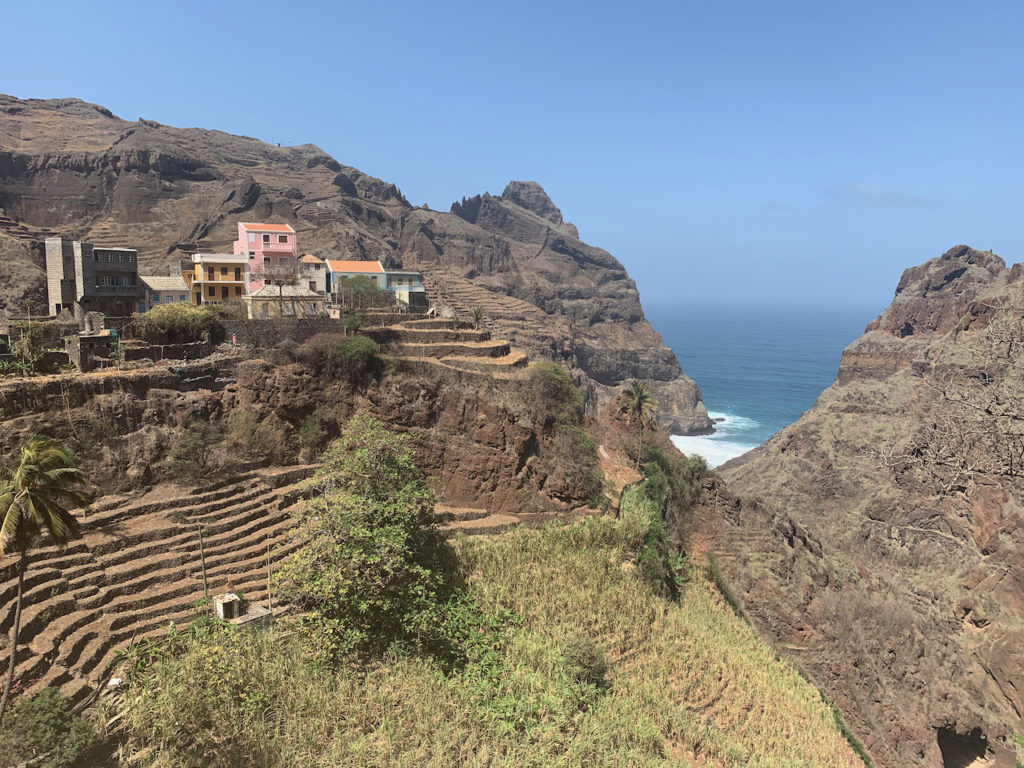

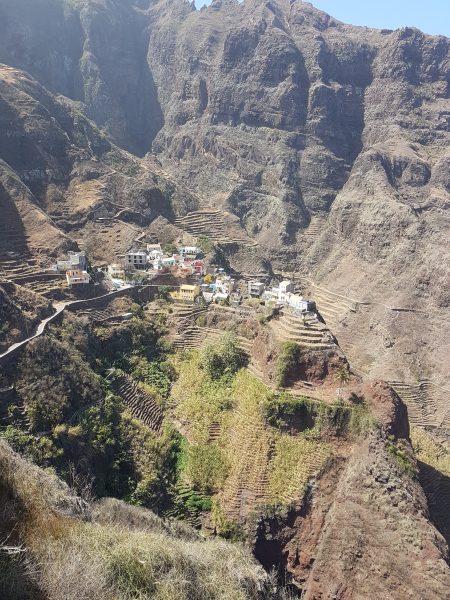
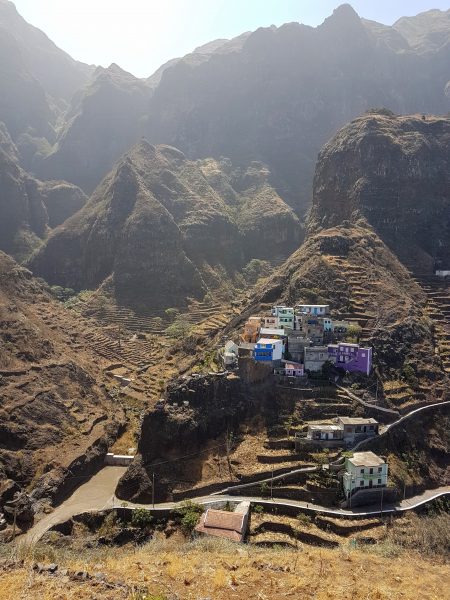




On our walk back down to the town of Punto do Sol we met a lovely Cape Verdian couple. They showed us some of the sites in town and we had a lovely lunch with them.

I was surprised to discover a Jewish cemetery on the outskirts of town. As traders, it is perhaps not surprising that there were Jews in Cape Verde.
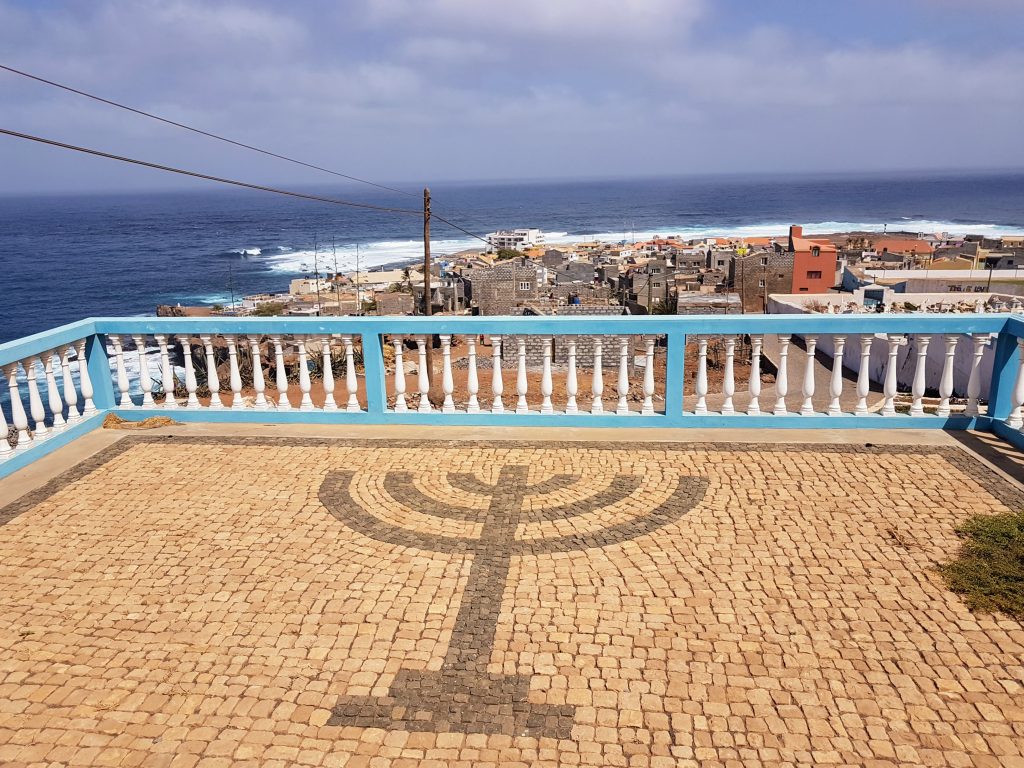
My 4th hike covered sections of the valley that we hadn’t yet walked. Parts of it, in the dry riverbed, were strewn with trash, so it was not our favourite walk, even though other parts were truly enchanting.






When we got back from that hike, we discovered that it was also the day of the Children’s Carnival Parade. They start down by the ocean at the town of Paul and hike way up to the top of our ridge (a 2-hour hike for an adult!). More children of all ages join in as they go. Great fun!
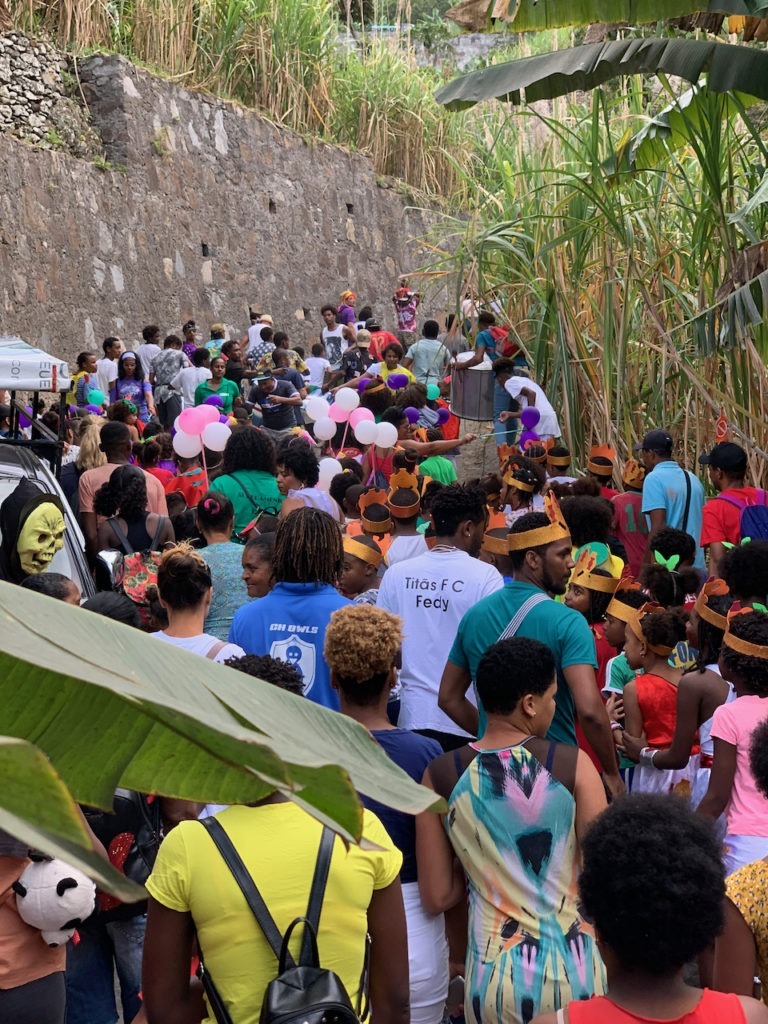

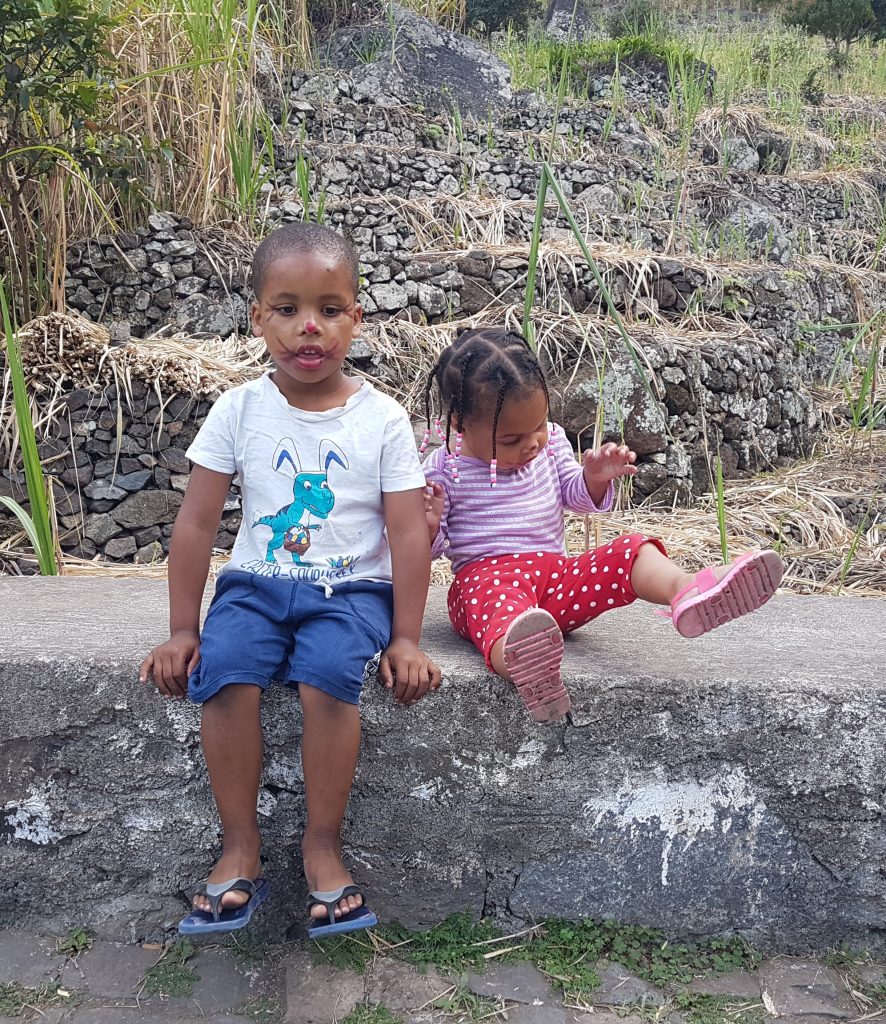



Our final walk was up and onto the other side of a ridge on the northwest side of the valley. You could see all the way down to the ocean. You’d think that by now we’d be getting tired of the views, but not at all.
I don’t know how long I’d have to be here to get bored with the views. Certainly a lot longer than the 10 days we had. It all looks different from different angles and ridges. One of the things that is so glorious about Santo Antão is that there is always a fresh and awe-inspiring view around every corner.
2. If you really can’t hike, there are some lovely van-based tours
I tagged along on a couple of them with older couples who couldn’t hike. One of the rides took us back over to the barren part of the island, but then crept up another valley and crossed over into another region in the northwest where crops can be grown. This region looks completely different from the Paul Valley. Here there are broad vistas instead of the almost jungle-like look we’d become accustomed to.
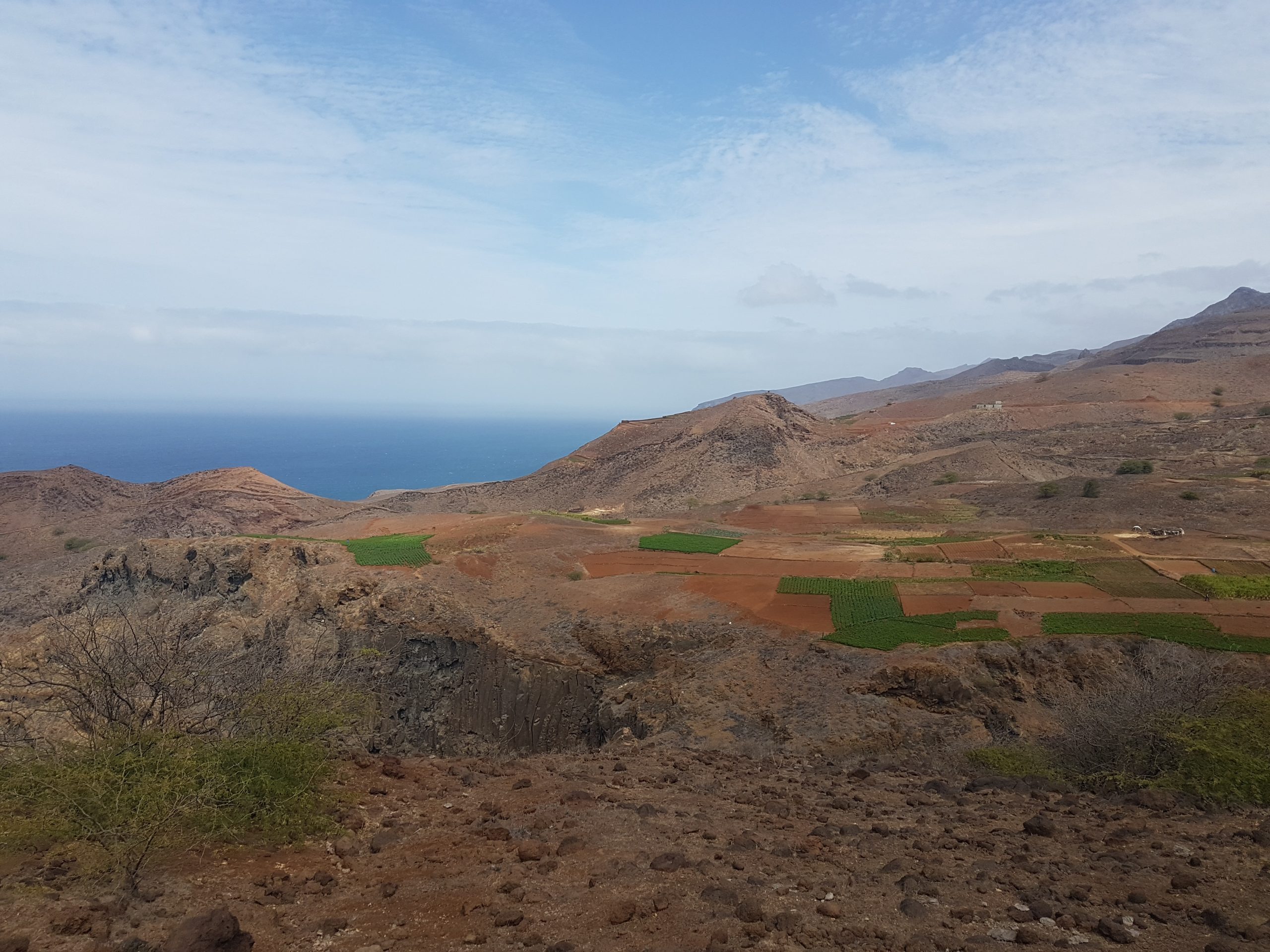
Then we drove up to Alto Mira. There are three villages, named Alto Mira 1, 2 and 3. Two of the villages are not accessible by road. Now at least there is a road that takes you part way, and then you can load your heavy parcels onto donkeys to get them down to the village. School children take a long bus ride from the coast up to this point overlooking Alto Mira 3, and then have a 30 or 40 minute hike home from there.

Do I have to do this? 
Amazing how much a donkey can carry! 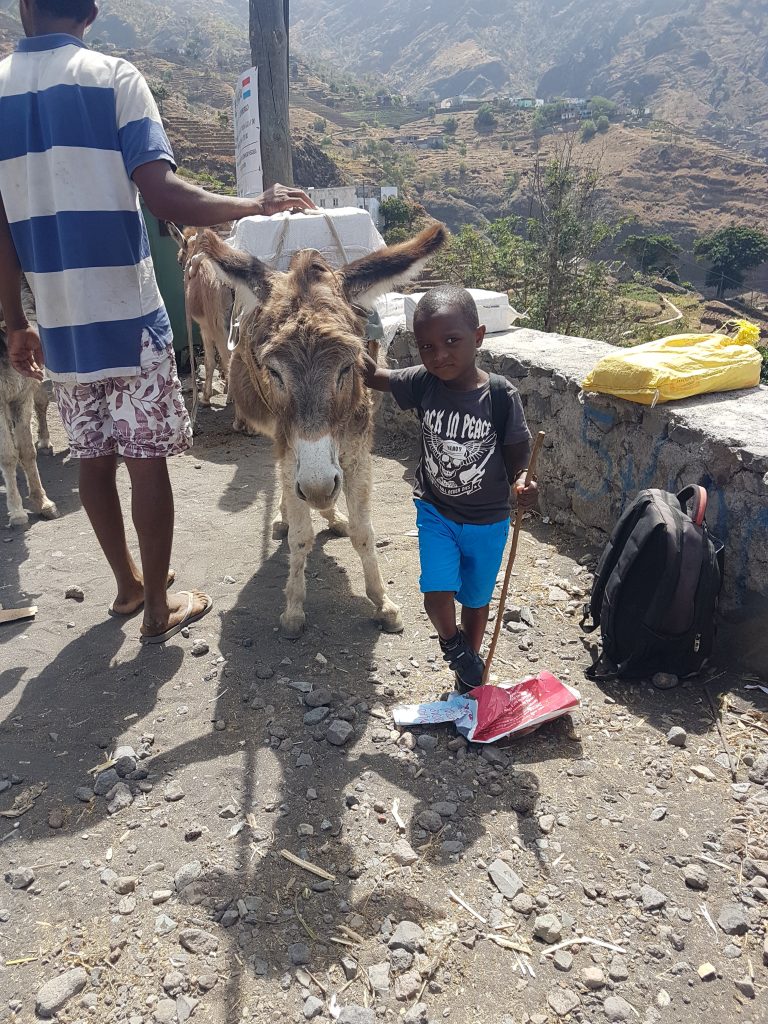
Waiting for the adults to finish loading the donkeys 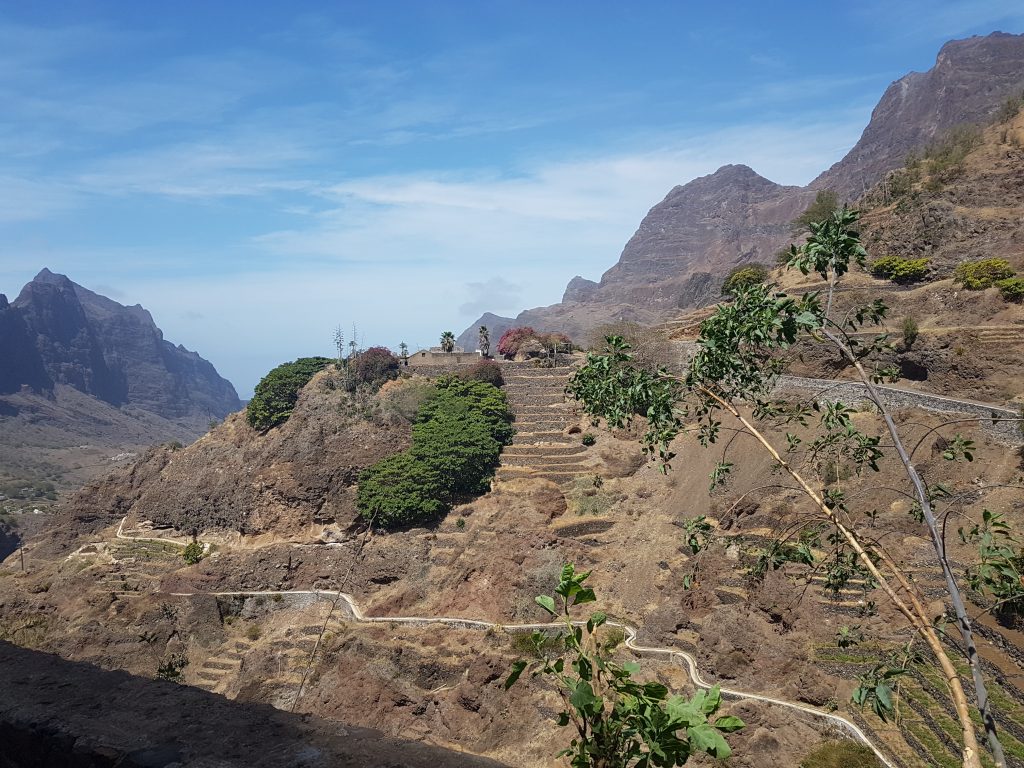
One of the few roads 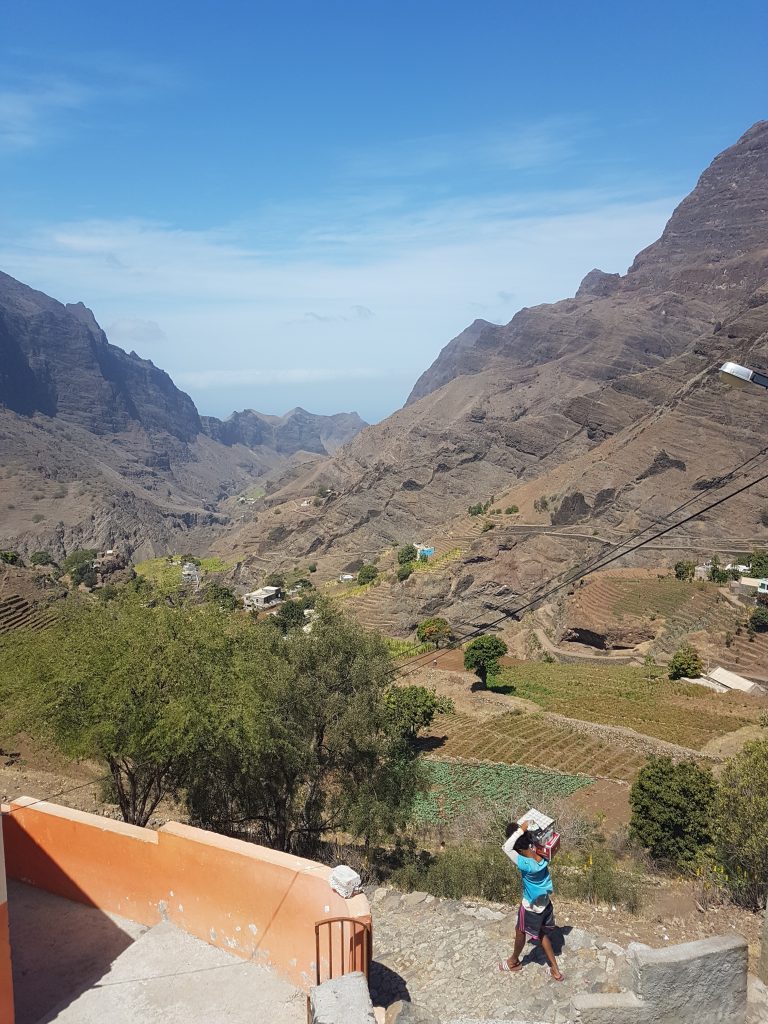
Beginning the descent with groceries such as eggs.
3. The people are lovely
Everybody greets passersby with a friendly Bon dia or Boa tardi. Children are eager to practice their French, so from them we usually heard Bonjour. Most of the locals speak Kriole as a first language, and except for the older villagers, most also speak passable Portuguese. Children learn French starting in grade 2 or 3. In theory English is also taught starting in high school, but that doesn’t seem to have been as successful. Very few people on this island speak English. The only island where English seems more spoken than French is Sao Vicente. I suppose it also would be on the island of Sal, which has been developed into a massive tourist hub catering to the all- inclusive types, many of whom are from Britain.
When we once seemed lost a farmer who spoke no common language with us quietly led us back to the correct path. When a group of women out harvesting beans looked up the hill and thought we were about to head along a wrong path, they shouted to catch our attention and to tell us to come down towards them.
I suppose that eventually, as tourism grows, the locals may get fed up with tourists traipsing through their fields. But for now, they genuinely seem to appreciate us. (Even if they do perhaps wonder why the heck we would pay to come climb these steep cliffs that they have to deal with every day.)
4. We had a great place to stay
Our host at Casa Maracuja, Hetty, is bubbly, outgoing, friendly and welcoming. She reminds me so much of my entrepreneurial friend, Mariana Konsolos. Hetty makes sure every need is dealt with. She invites you to parties. (In fact, she hosts quite a few of them.) You quickly feel like part of the family. She speaks multiple languages (Kriole, Portuguese, French, English, German, and Dutch (she was born in the Netherlands) .
The hotel itself is a collection of small cabins around a pool, with a total of 12 guest rooms. It is entirely ringed by mountains. The restaurant is in the main building, which is also where Hetty’s family lives. Her husband, their three children, business partner Fabien, and friendly, well trained local staff are also part of the fabric of the place.
The restaurant has communal tables to encourage mixing among the guests. Breakfast is included and most people stay at the hotel for dinner too. Over meals we’d share advice about the hikes we’d been on, software to avoid getting lost (Komoot is particularly good for hikers), and where else we’d travelled in Cabo Verde. DH and I found that a bit of the Dutch we had learned in 1991/92 came back, as we had multi-lingual conversations with visitors from France, Holland, Germany, Belgium, and the occasional stray from Britain or the U.S. A group of us later met up in Mindelo for Carnival, and are still in touch, weeks later.
The only thing I didn’t like was that the folks next door tend to crank up their music and TV outrageously loud, and the first room we were in was right next to them. (Avoid rooms 11 and 12 for that reason. We got moved over to room 5 on the other side, and it was much better. Even if you are in 11 or 12, though, the neighbours are good about shutting down the noise at 10:00 p.m.)
5. The music is terrific
There is more to Cape Verdian music than Morna (which I do like – thank you Cesaria Evora). There is plenty of upbeat, happy music. And you hear it from about 2 in the afternoon to midnight every day; later on weekends. So, yes, folks, if you are coming to this place and don’t want to stay up drinking and dancing half the night, do bring earplugs. People here love to sing, dance and party. Apparently there are more fiestas (festivals) on Santo Antão than on any other island. Mind you, we were here in the week leading up to Carnival, so it may well be that there aren’t normally quite this many parties.
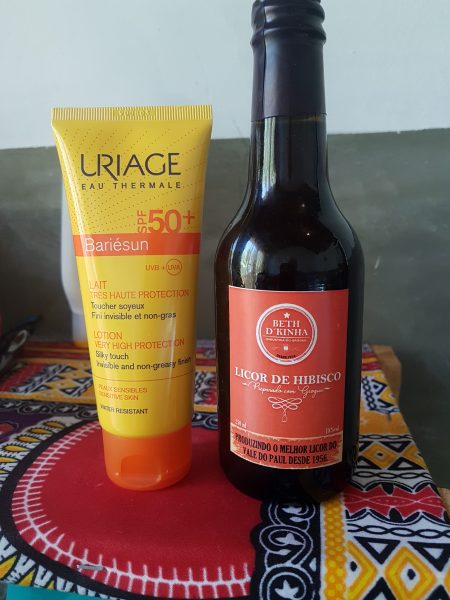
Next we packed up and headed to the site of true round-the-clock partying: Carnival in Mindelo, São Vicente island.

